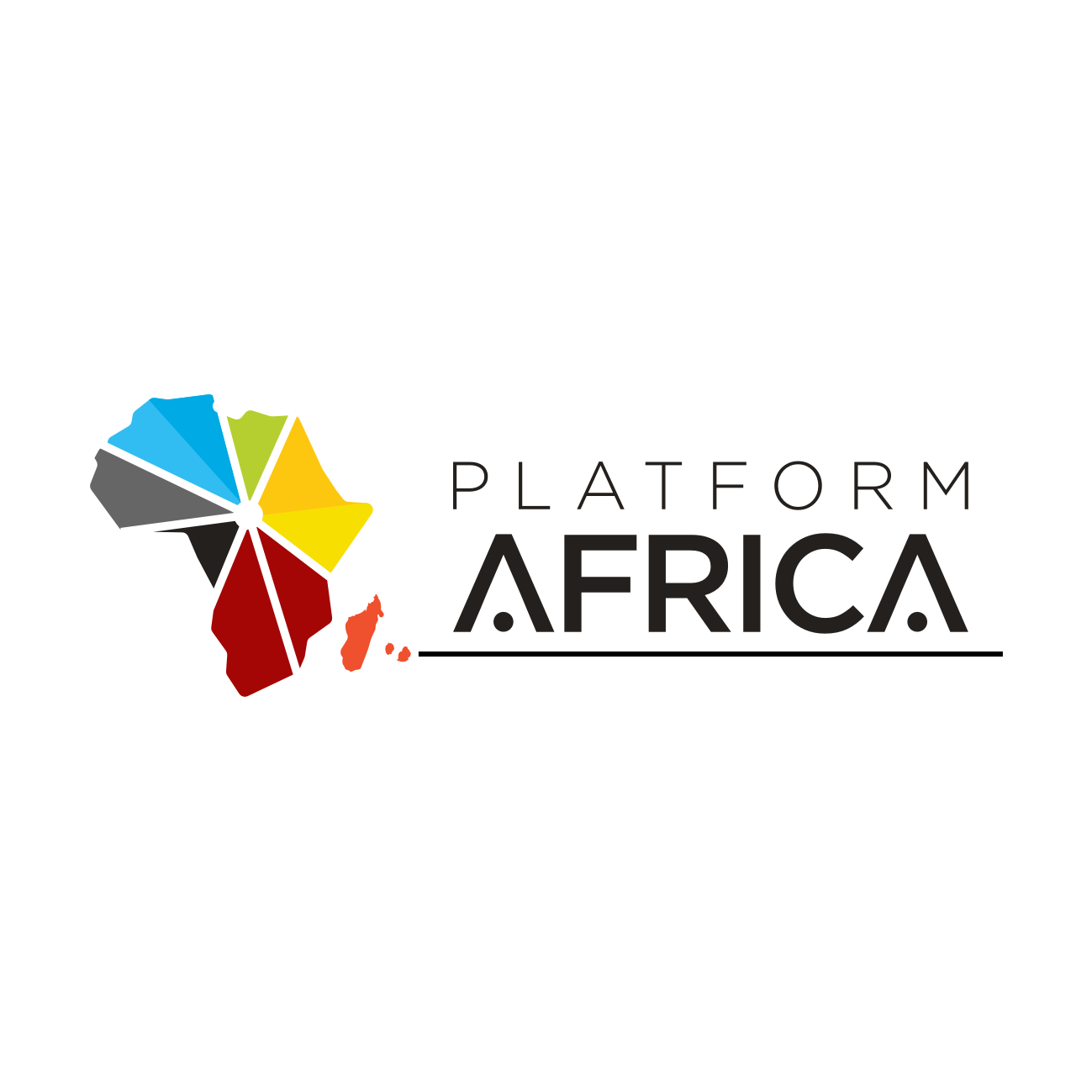In the run up to this year’s edition of the India-Africa Entrepreneurship & Investment Summit, to be held in Mauritius on 18-19 July, Baljinder Sharma, as the Convenor of the India Africa Entrepreneurship Forum, shares his perspective on the potential contribution to be made by India in boosting educational opportunities for Africans, to be further explored at the event.
Africa is the world’s youngest continent with 70% of its population less than 30 years of age. Of this, approximately sixty percent are under 25 and in urgent need of education.
A 2022 World Bank report estimates that nearly 9 out of 10 children in Sub-Saharan Africa are unable to read and understand a simple text by the age of 10.
“Not only basic education, but also secondary, tertiary, technical and vocational training, will determine this generation’s ability to get jobs and contribute to economic growth in the future” the report emphasised.
On the skills side, an estimated 230 million Africans aged between 15-24 will need to acquire digital skills by 2030 in order to meet the demands of an increasingly automated and AI driven future when the population in that age group will rise to 300 million.
Amidst these challenges, Africa is primed to benefit from a massive demographic dividend. While populations in other parts of the world will age and decline, the working age population in Africa will continue to expand till 2050.
Investment in quality education and training, therefore, is vital for economic development and competitiveness in an increasingly globalizing information world. Interestingly, data suggests that sub-Saharan Africa offers the highest returns to tertiary education in the world as well – about 21 percent.
The low tertiary gross enrolment rates of about 6% across Africa (against a global average of 38%) represents both a huge unfulfilled gap and an opportunity for private sector investment in the sector.
Online, distance education and skilling can be leveraged to bridge this gap. This is increasingly being recognised by most African governments that are working with various international partners to establish education and skilling infrastructure using internet and on-demand content delivery all over sub-Saharan Africa.
Role of India
“Innovation alone can bend the curve and close the 100-year-gap which is the estimated time it will take for the most marginalized African children to catch up in terms of education outcomes with their more enfranchised peers” a Brookings study claims.
One cost effective approach is “Teaching at the Right Level”, which uses differentiated instruction (grouping students by level rather than grade) and interactive pedagogical methods to improve student learning outcomes. Pioneered in India by the non-profit Pratham, the method has also been shown to be effective in Africa according to Brookings.
A rigorous study in Kenya demonstrated that dividing classrooms into groups based on students’ learning level increased test scores for all students; confirming Pratham’s observations.
The other innovation recently rolled out by Bengaluru based EkStep (a non-for-profit foundation) proposes to extend learning opportunities to millions of children through a collaborative, universal platform that facilitates creation and consumption of educational content.
Combining online and on-campus learning techniques, several innovative startups, government institutions and NGOs have spawned an ecosystem that has enabled unprecedented scaling in the sector reaping rich dividends for the society.
Customised for Africa, these learnings can be hugely impactful – both in terms of costs and reach. And help the continent leapfrog in its developmental trajectory.
Meanwhile, the roughly 1,200 Indian universities can offer high quality affordable education to African students on the campus. They may also consider setting up overseas campuses and learning centres in collaboration with local colleges and educational entrepreneurs in Africa.
“African universities must expand their partnerships in research including strengthening south-south partnerships. Collaborative research partnerships between academia, industry, and international organizations can enhance technological advancements and address specific challenges faced by African economies” according to International Food Policy Research Institute.
In 2021, there were 25,000 African students enrolled in approximately 500 Indian universities, which is less than 5% of the total African students studying abroad (650,000 in 2020). The opportunity for Indian universities to attract African students, therefore, is equally immense.
A greater opportunity, however, lies in delivering education via a hybrid model which involves a combination of online self-paced learning, live virtual classes, in-class delivery, student exchange programs, remote internships and international exposure through education and skills development bootcamps in foreign locations.
Established Indian universities, for instance, could act as Mentors and Guides to young African universities, particularly in the STEM space. Teaching staff could be deputed to overseas institutions for short durations (semester long) and correspondingly foreign academia could be invited to spend time in India interacting and learning from them.
In areas such as Agriculture, BioTech, Digital Infrastructure, Healthcare, Energy etc, specialised programs can be created to meet the needs for skilled manpower in Africa in consultation with local governments and public institutions. Wherever such programs are available already, they may be further evangelised and promoted through active collaboration with local institutions.




